Disclosure: This article contains affiliate links. We may earn a commission from purchases at no extra cost to you, which helps our travel content.
The first time I dipped my hiking boots into Austria's Wachau Valley, I realized this wasn't just another pretty European landscape – it was a perfect reduction of everything magnificent about alpine travel, simmered down to its essential flavors. Nestled along the Danube between Melk and Krems, this UNESCO World Heritage site serves up a feast for the senses: terraced vineyards clinging to steep hillsides, apricot orchards bursting with fruit, and medieval villages that have been slow-cooking in history for centuries. As someone who's spent years exploring how waterways shape culinary traditions, I found the Wachau to be the perfect blend of natural beauty, cultural heritage, and – let's not forget – world-class wine. Grab your hiking boots and join me for a week of adventure through Austria's most delicious landscape.
The World-Class Wachau Wine Trail
If there's one hike that captures the essence of the Wachau Valley, it's the Welterbesteig (World Heritage Trail). This 180-kilometer network of paths connects the region's most stunning viewpoints, vineyards, and villages, but don't worry – you can easily break it into delectable bite-sized portions.
I spent my first full day tackling the section between Spitz and Dürnstein, arguably the most visually stunning stretch. Starting in the charming village of Spitz, the trail climbs gently through terraced vineyards that have been carefully tended for centuries. The rhythm of hiking between the orderly rows of grapevines feels almost meditative – until you reach one of the countless panoramic viewpoints and the Danube unfolds beneath you like a glistening blue ribbon.
The trail markers are as reliable as a perfectly timed soufflé, but I still recommend downloading the Komoot hiking app before setting out. I've used it across three continents, and its offline maps saved me more than once when I wandered off-trail to photograph particularly beautiful vineyard views.
By mid-afternoon, the medieval town of Dürnstein came into view, its iconic blue church tower rising like a perfectly placed garnish against the landscape. Legend has it that Richard the Lionheart was imprisoned in the castle whose ruins still crown the hillside above town. After a day of hiking, I understood why he might have been reluctant to leave.
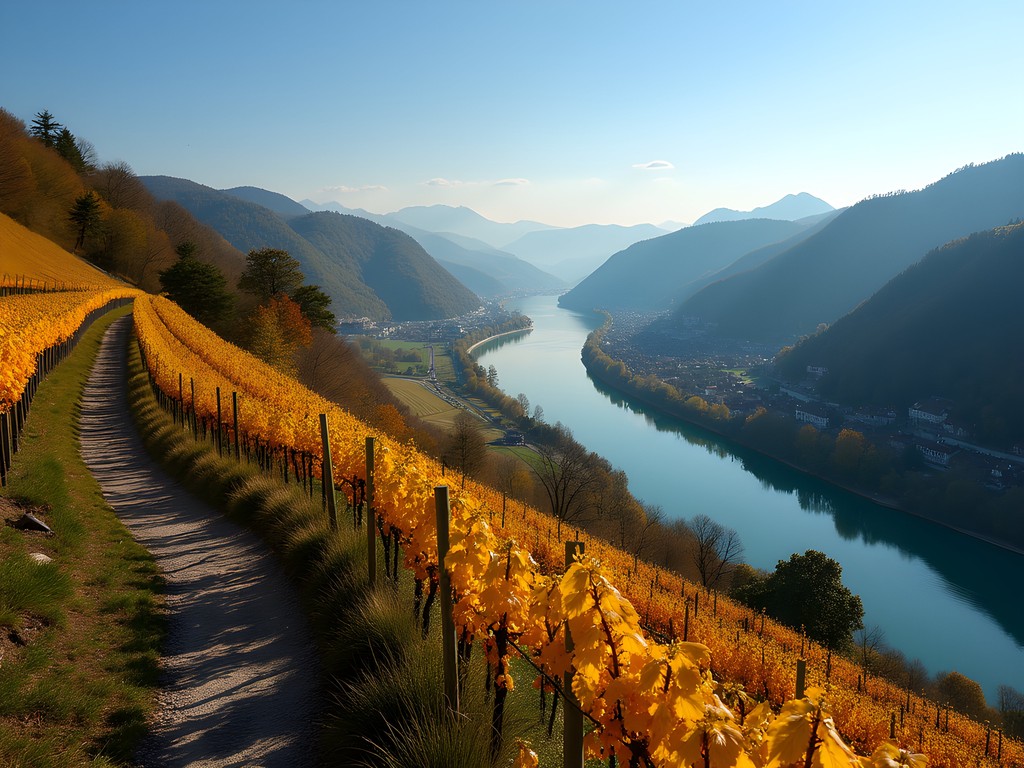
💡 Pro Tips
- Start early to avoid afternoon heat, especially if hiking in September when harvest activities are in full swing
- Wear sturdy shoes with good traction – vineyard paths can be slippery, especially after rain
- Many wineries offer tastings right off the trail, but call ahead during harvest season to confirm availability
Apricot Orchards and Ancient Abbeys
The Wachau isn't just about wine – it's famous for its Marille (apricots), which thrive in the unique microclimate. During my fall visit, harvest season was winding down, but the valley was still perfumed with the sweet aroma of late-season fruit and fermenting wine.
Day three of my adventure took me on the trail from Weißenkirchen to Melk, a route that balances natural beauty with cultural immersion. The path meanders through small apricot orchards before climbing to offer sweeping views of the valley below. I packed a collapsible water bottle that proved perfect for this longer hike – lightweight when empty but sturdy enough to refill at the natural springs along the route.
The crowning jewel of this hike is Melk Abbey, a massive baroque monastery perched on a rocky outcrop above the Danube. As I approached from the trail, the ochre-yellow building seemed to glow against the autumn sky like a perfectly caramelized crème brûlée. Founded in 1089, the abbey houses one of Europe's most spectacular libraries – a temple to knowledge adorned with ceiling frescoes and packed with medieval manuscripts.
After touring the abbey (absolutely worth the entrance fee), I treated myself to Marillenknödel (apricot dumplings) at a local café. These pillowy dumplings filled with whole apricots and rolled in buttered breadcrumbs perfectly represent the region's culinary heritage – simple ingredients transformed into something extraordinary through tradition and care.
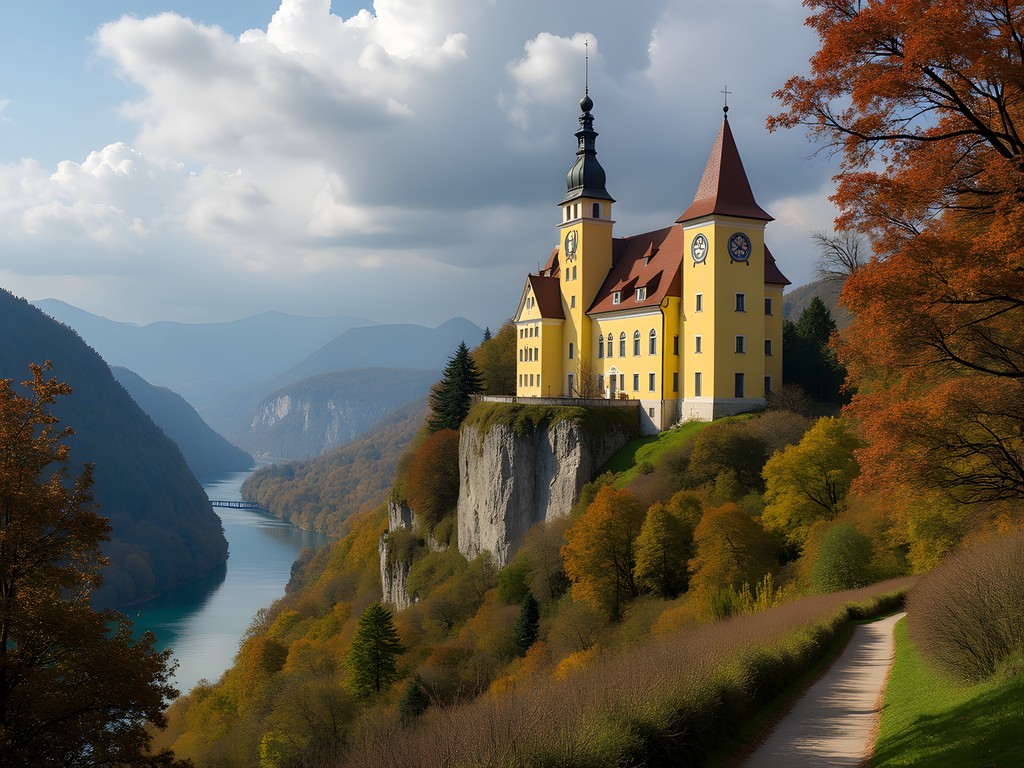
💡 Pro Tips
- Book abbey tours in advance during high season
- Look for small farm stands along the trail selling apricot products – the preserves make excellent gifts
- The hike to Melk is mostly downhill if you start in Weißenkirchen, making it accessible for mixed-ability groups
River Views and Ruin Hikes
For my fourth day, I chose a more challenging route that combines the best of the Wachau's natural and historical offerings. The trail from Dürnstein to Krems follows the Danube closely at times before climbing steeply through forests to the ruins of Dürnstein Castle.
The ascent to the castle ruins had me questioning my life choices (and wishing I'd done fewer wine tastings the previous evening), but the panoramic views were worth every labored breath. I was grateful for my trekking poles on this section – they saved my knees on the steep descent and provided extra stability on loose gravel sections.
The castle itself is a magnificent ruin where history seeps from the stones. As I wandered through the remaining walls, I couldn't help but imagine the medieval feasts that once took place here – what ingredients filled their plates, what wines filled their cups? The view from the highest point encompasses the entire valley, a living map of the region's agricultural heritage.
Continuing toward Krems, the path alternates between shaded forest sections and open viewpoints. I stopped frequently to photograph the changing light on the river and vineyards below. By late afternoon, I reached Krems, one of the valley's largest towns and a perfect base for exploring the eastern Wachau.
That evening, I treated myself to dinner at a traditional heuriger (wine tavern) where local winemakers serve their newest vintages alongside simple, hearty food. The Grüner Veltliner – the region's signature white wine – paired perfectly with my plate of cold cuts, cheeses, and freshly baked dark bread. Like the best travel experiences, it was unpretentious yet unforgettable.
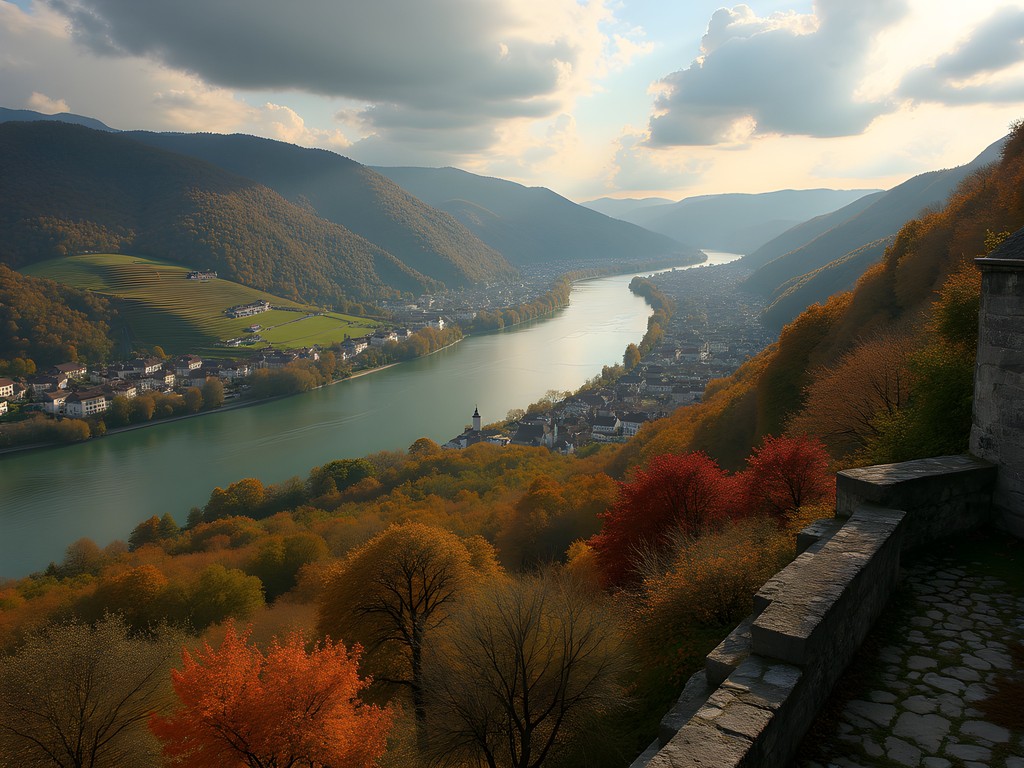
💡 Pro Tips
- Start this hike early to avoid crowds at Dürnstein Castle
- Bring a headlamp if you plan to explore the castle ruins thoroughly – some sections are quite dark
- Many restaurants in Krems offer 'hiker's menus' with heartier portions – just ask!
Culinary Treasures of the Trail
As a chef, I approach hiking with an appetite not just for scenery but for local flavors. The Wachau Valley delivered on both counts. Between the major hiking segments, I scheduled plenty of time for culinary exploration.
In Spitz, I discovered a small family-run vineyard that has produced wine since the 1700s. The owner, noticing my interest in traditional methods, invited me to see their stone press – still used for special vintages. I left with a bottle of their Riesling Smaragd (the highest classification of Wachau wines) carefully wrapped in my wine protector sleeves which kept it safe in my backpack for the remainder of my trip.
The Wachau's culinary highlight might be its apricot products, which appear in every form imaginable. I sampled apricot strudel, liqueur, chutney, and even apricot-infused vinegar. At a small farm shop in Weißenkirchen, I watched an elderly woman demonstrate how they've made apricot dumplings using the same recipe for generations – the kind of food knowledge that deserves UNESCO protection as much as the landscape itself.
For lunch on hiking days, I packed provisions from local bakeries – dense, seeded bread, local cheese, and slices of air-dried sausage. Finding a scenic spot to enjoy these simple meals became a daily ritual, one that connected me to the agricultural rhythms that have shaped this valley for centuries.
One evening, I splurged on a tasting menu at a riverside restaurant in Dürnstein, where each course featured local ingredients paired with regional wines. The chef's reinterpretation of traditional Austrian dishes reminded me that the best food traditions aren't frozen in time – they evolve while honoring their roots, much like the vineyards that surrounded us.

💡 Pro Tips
- Most wineries charge a small fee for tastings, but it's typically waived if you purchase bottles
- Look for products labeled 'Wachauer Marille' – these apricots have protected geographical status similar to Champagne
- Many bakeries open very early to serve hikers – perfect for grabbing trail provisions
Practical Tips for Wachau Valley Hikers
After a week exploring the Wachau's trails, I've gathered some practical wisdom to help you plan your own adventure:
Transportation: The valley is easily accessible by train from Vienna, with regular services to Krems and Melk. Once there, a combination of local buses, ferries, and occasional taxis can help you access trailheads. I found the ÖBB mobile app invaluable for checking train schedules and buying tickets on the go.
Accommodation: I split my stay between Dürnstein (mid-range hotel with river views) and Spitz (charming family-run guesthouse). Both offered the perfect mix of comfort and local character, with hosts who provided invaluable hiking advice. Book well in advance for fall visits during wine harvest season.
Gear: The trails vary from easy riverside paths to moderately challenging mountain routes. I was grateful for my hiking daypack which had just enough room for water, snacks, an extra layer, and my camera gear without weighing me down.
Weather Considerations: Fall brings spectacular colors to the valley, but also variable weather. I experienced everything from warm sunshine to misty mornings during my week. Layering is essential – I started most hikes wearing a light merino wool base layer that regulated temperature beautifully through changing conditions.
Wine Shipping: If you fall in love with Wachau wines (and you will), many vineyards can ship directly to international addresses. This saved me from attempting to fit bottles into my already-stuffed suitcase!

💡 Pro Tips
- The Wachau Card offers discounts on attractions, transportation, and some restaurants – worth purchasing if you're staying 3+ days
- Download offline maps before hiking as cell service can be spotty in some valley sections
- Learn a few basic German phrases – while many people speak English, locals appreciate the effort
Final Thoughts
As my train pulled away from Krems on my final day, I pressed my face to the window like a child, trying to memorize the undulating landscape of vineyards, the glint of sunlight on the Danube, and the stone villages that have witnessed centuries of travelers passing through this remarkable valley.
The Wachau offers something increasingly rare in our hyper-connected world – a perfect balance of natural beauty, cultural depth, and sensory pleasure. The trails here don't just take you from point A to point B; they connect you to an ancient rhythm of life shaped by river and vine, by harvest cycles and geological forces.
For those who approach travel as I do – seeking to understand places through their waterways, their food traditions, and the hands that have shaped the land – the Wachau Valley offers a masterclass in slow, intentional exploration. Come with sturdy boots, an empty stomach, and a curious mind. The valley will fill them all in ways that will linger long after you've returned home.
And if you find yourself standing on a vineyard trail as the afternoon light turns the Danube to liquid gold, remember to pause. In that moment, you're not just a visitor passing through – you're part of the Wachau's ongoing story, another soul nourished by this remarkable landscape that has been feeding bodies and spirits for thousands of years.
✨ Key Takeaways
- The Welterbesteig (World Heritage Trail) offers the perfect way to explore the Wachau Valley, with well-marked sections suitable for different ability levels
- Fall brings spectacular foliage, wine harvest activities, and fewer crowds than summer
- Balance hiking days with cultural visits to abbeys, castles, and wineries for a complete Wachau experience
- Local culinary specialties like apricot dumplings and regional wines provide perfect fuel for hiking adventures
📋 Practical Information
Best Time to Visit
September to early November for fall colors and wine harvest activities
Budget Estimate
$100-150/day including mid-range accommodation, meals, and activities
Recommended Duration
5-7 days to experience multiple trails and cultural sites
Difficulty Level
Moderate (Most Trails Have Both Easy And Challenging Sections)


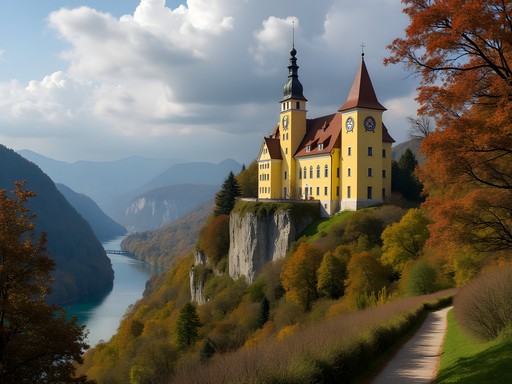

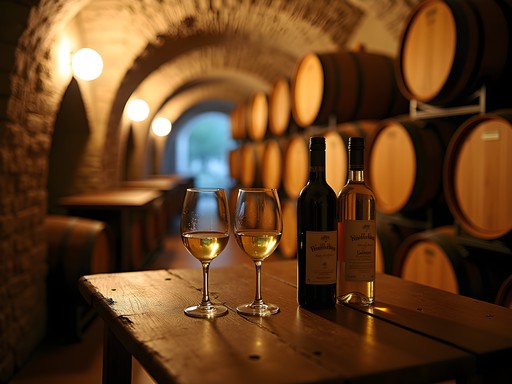
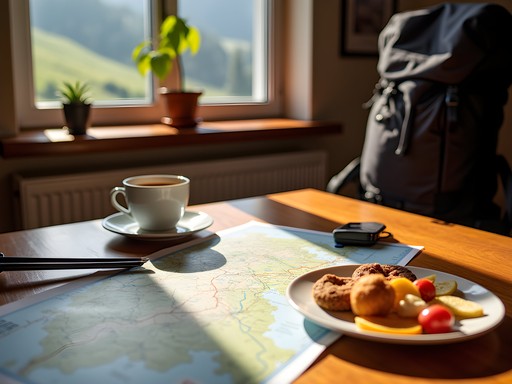


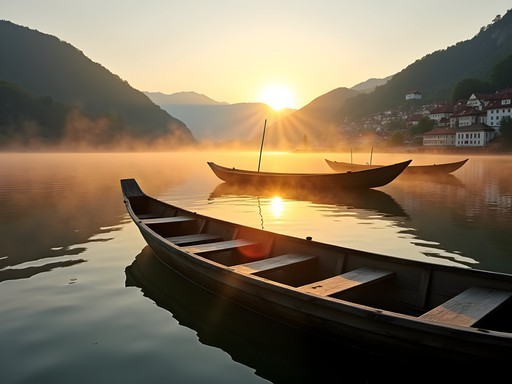
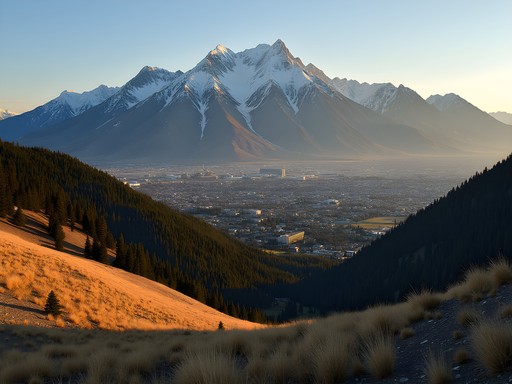

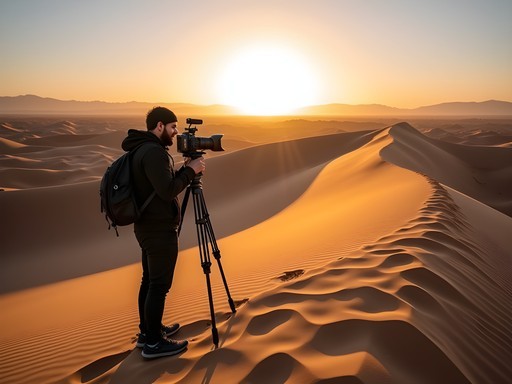
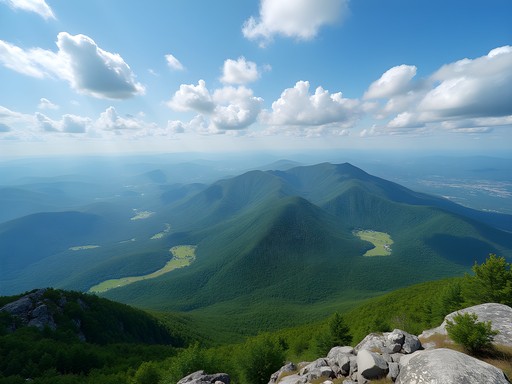

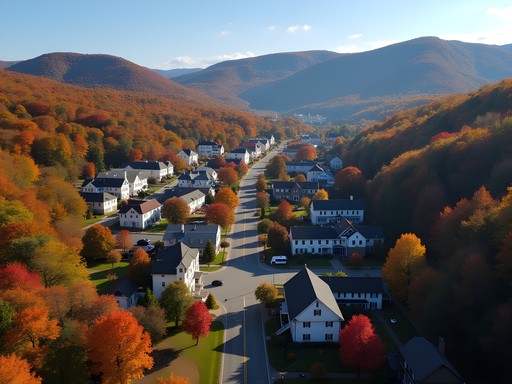
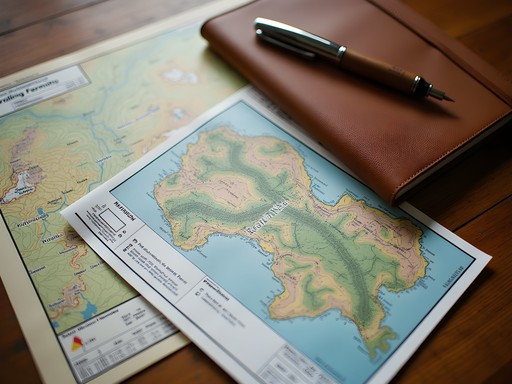
Comments
smartbuddy
Great post! We're planning to visit in October. Is public transportation reliable for getting around or should we rent a car? Also wondering if most wineries are still open that time of year? Thanks!
starace
Not the author but we did it by train and bus last fall. Super easy and reliable. Most wineries were still open but some had reduced hours. October is actually harvest time so it's a great time to visit!
Naomi Fox
Exactly what @starace said! Public transport works perfectly, and October is beautiful with fall colors. Just check winery hours in advance as some smaller places might have limited opening times.
TravelingTeacher
Just added this to my summer bucket list! Those apricot orchards sound magical.
beachgal
Do it! And don't miss the apricot liqueur tasting in Spitz. Dangerous but delicious! 😂
wanderseeker
YESSS!!! The Wachau is INCREDIBLE! We did this hike last spring and it was one of the highlights of our entire European trip! The combination of those terraced vineyards, the Danube views, and stopping for wine tastings along the way was just perfect. We also stayed overnight in Dürnstein which I highly recommend - it's magical when all the day-trippers leave. The blue church tower against those green hills... perfection!
AustriaLover
That sunset shot over the vineyards is breathtaking! Was that taken near Dürnstein?
starace
That shot of Dürnstein from above is stunning! What time of day did you take it?
Naomi Fox
Thanks! That was about an hour before sunset in late May. The golden hour light there is absolutely magical!
WineHiker42
Going there next month! Which trail has the best wine tasting opportunities along the way? I'm all about that hike-and-sip life!
Naomi Fox
The Spitz to Weißenkirchen section has the highest concentration of wineries that welcome walk-ins! Just keep in mind many close around 5pm, so start early. The Domäne Wachau is a must-visit - stunning terrace views!
Taylor Moreau
Excellent write-up on one of Austria's hidden gems, Naomi. I've led several business retreats in this region, and I find the shoulder seasons (late April/early May or September/October) offer the optimal experience. The crowds are thinner, the temperatures more amenable to hiking, and the light for photography is simply magnificent. I would recommend visitors consider staying in Krems as a base - the transportation connections are superior, and there's a wonderful balance of amenities without sacrificing authenticity. My clients always appreciate having their hiking poles for the steeper vineyard sections, particularly when descending toward Spitz.
hiking_dreamer
Thanks for the seasonal tips! Planning for next fall and was wondering when to go. Did you find public transportation reliable for getting between trailheads?
Taylor Moreau
Absolutely. The regional buses are quite efficient, and there's also the option of river ferries during peak season which add a lovely dimension to the journey. I recommend downloading the ÖBB app for timetables.
beachgal
Just got back from Wachau Valley last week! Your post brought back all the feels! We did the Dürnstein to Spitz trail and it was absolutely gorgeous. Those terraced vineyards against the blue Danube are something else. We stopped at this tiny family winery that wasn't even on the map and had the best Grüner Veltliner of my life. The apricot dumplings you mentioned? OMG YES. Worth every calorie after all that hiking!
Naomi Fox
So glad you enjoyed it, beachgal! Those 'off the map' wineries are often the best finds. Was the winery near Dürnstein by any chance? I think I might know which one you're talking about!
beachgal
Yes! Just about 20 minutes uphill from Dürnstein! Place had blue shutters and an old wooden sign. The owner's daughter poured for us. Can't remember the name but the view was insane!
Amit Sullivan
Your post brought back wonderful memories, Naomi! My wife and I spent a week in the Wachau Valley last summer, and it was truly magical. We stayed in a small pension in Weißenkirchen and spent our days alternating between hiking and wine tasting (perhaps more of the latter, if I'm being honest!). There's something almost meditative about walking through vineyards that have produced wine for a thousand years. One evening, we happened upon a small Heuriger (wine tavern) run by a family who'd been making wine for 16 generations. The patriarch insisted we try his grandfather's special Riesling reserve while telling us stories of the valley's history through the Cold War. Those unplanned moments are what travel is all about.
wanderseeker
That sounds incredible! Do you remember the name of that Heuriger? I'd love to visit when I go!
Amit Sullivan
It was Heuriger Hofstetter in Spitz! Small place, family-run, absolutely charming. Tell Franz that the Kiwis sent you!
mountainqueen
Beautiful post! I'm trying to decide between visiting in late May or September. When do you think is the best time for both hiking and enjoying the wine culture? Also, did you find any particular sections of the trail that were absolute must-dos?
Naomi Fox
Both are lovely, but I'd give September a slight edge! The grape harvest brings so much energy to the region, and the fall colors starting to appear on the hillsides are gorgeous. Don't miss the stretch between Spitz and Dürnstein - it has the most dramatic views. Also, the trail to Aggstein Castle ruins is steep but incredibly rewarding!
mountainqueen
Perfect, September it is! Adding those sections to my must-do list. Thanks so much for the advice!
Venture X
Premium card with 2X miles, $300 travel credit, Priority Pass